Due, in part, to the censorship laws of the 1950s, photographers often sought to cloak their work in respectability, using Classical allusions in an attempt to validate their “art studies”. There is a certain naive charm to captioning a photograph of a lady in a state of undress Nymph in a Sunlit Glade or Nymph Surprised, and we shouldn’t underestimate the hunger for art from the boys behind the bike shed or the homesick squaddie in barracks. Be that as it may, there’s also something much deeper at play.
The Cult of Pan
At the end of the 19th century, several groups embraced a broad philosophy whose central belief was that nudity is a natural state that should be widely adopted for the betterment of society. This philosophy was associated with an idealisation of ancient Greek mythology and a reimagining of Arcadia, the unspoiled wilderness homeland of the god Pan and assorted non-human creatures. Along with Pan, female divinities called nymphs, who presided over natural features such as trees, mountains and water, became all the rage.

No doubt this was part of the wider zeitgeist; after all, Arcadia, along with Pan, was a common subject in the work of late Victorian and Edwardian painters and authors. In literature, Pan can be found in poetry, novels and even children’s books. Pan, a phallic deity widely associated with lustful and rampant sexuality, was reinvented as a benevolent, genial god of woodland and meadow — a symbol of a lost pastoral world. He appears in this benign and gentler form in Kenneth Graham’s 1908 novel The Wind in the Willows, in the somewhat surprising chapter called “The Piper at the Gates of Dawn”, from which Pink Floyd’s debut studio album takes its name.
Was this Edwardian cult of Pan a response to the industrialisation and destruction of nature and the old rural ways at the end of the 19th century? A destruction which broke the last vestiges of meaningful connection between the vast majority of urbanised Britons and the English countryside. Who knows, but from around 1890 the cult of Pan grew deep roots within the popular consciousness of the British public.
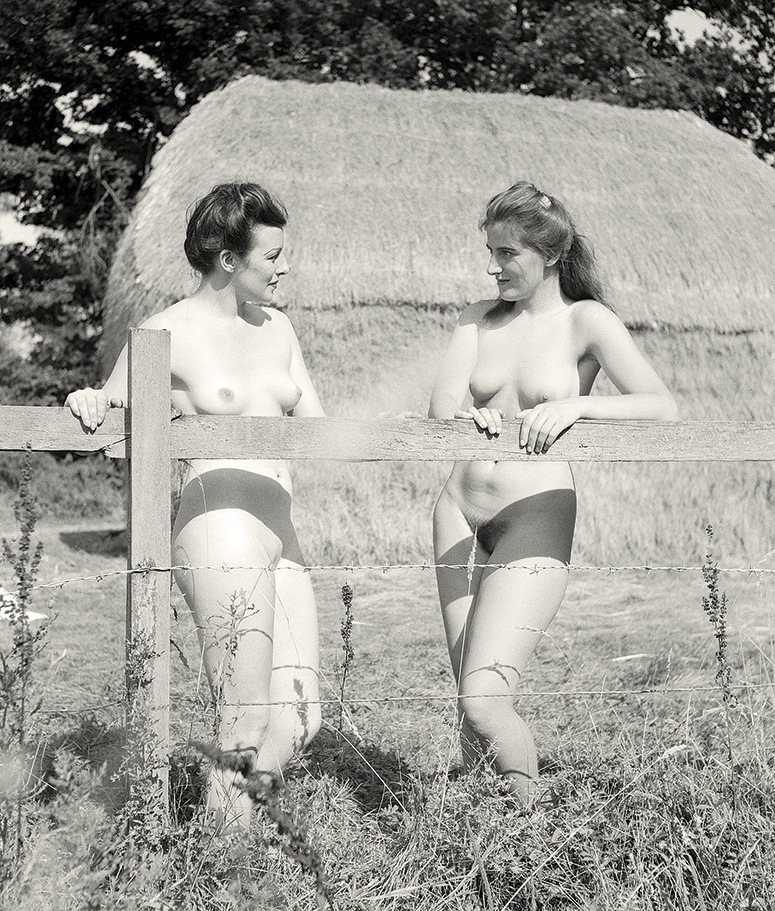
Even though the age of Pisces was making way for the Age of Aquarius, the cult of Pan came to an abrupt end with the First World War. In the novel Blessing of Pan (1927) by Lord Dunsany, the nuanced treatment of the themes of paganism, nature worship, and anti-industrialisation seem like an elegy.
Wicca and the English Gymnosophical Society
But the pagan gods were just reinventing themselves for the new age. The English Gymnosophical Society was formed in 1922 and became the New Gymnosophy Society in 1926 — the word gymnosophy comes from the Greek words naked and wisdom. The society helped fund the purchase of land at Bricket Wood in Hertfordshire for what was to become Britain’s first nudist club site; it was named Fouracres. After the Second World War, it evolved into the Fiveacres Country Club and with the involvement of Gerald Gardner, “the father of witchcraft”, became a front for Wiccans, as witchcraft was illegal in England until 1951.
In 1933 Margaret Murray wrote of Pan in her book The God of the Witches, in which she theorised that Pan was one form of the ancient Horned God who was worshipped by the Witch Cult throughout Europe.
So it’s clear that the Edwardian cult of Pan, Wicca, neopaganism, and the nudist movement have intertwined roots. And therefore a picture of a naked young lady standing in a clearing in the woods captioned Nymph in a Sunlit Glade is not just a cynical ploy for approval or ironic kitsch, but part of a long history of folkloric and counter-culture visions of a very British Arcadia.
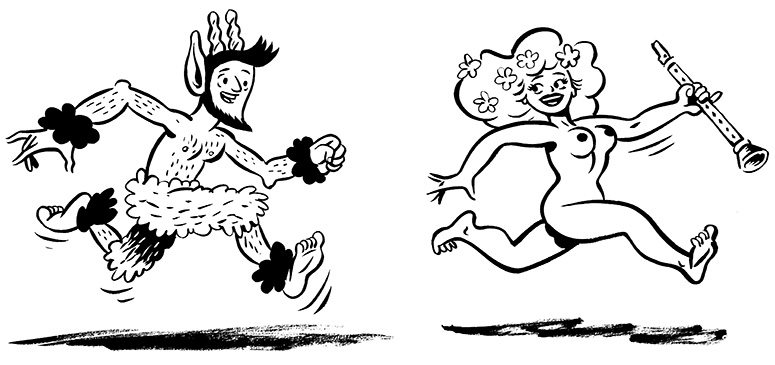
The above article is an extract from the book Nymphs and Naiads.
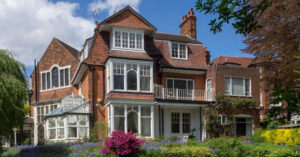
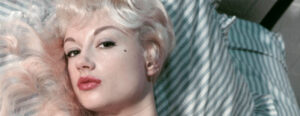
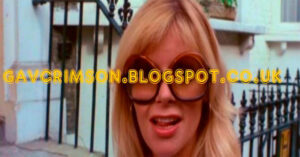
I very much enjoy receiving these e-mails. They are a welcome change from day to day matters and are a record of a very different time. I am intrigued by the ‘Sussex Maidens’ image. Crisp and clear and with the use of dated makeup it could have been taken yesterday. Do you know when it was taken? How much manipulation was Mr Glass able to make to the original negative since some outlines and the blur in the centre of the image have piqued my interest beyond the obvious?
Glad you like the emails. It’s comments like yours that make it all worthwhile. The image Sussex Maidens appeared in a booklet of the same name by Roy Watt which was first published in September 1949. I suspect the image was taken a couple of months early in the Summer. As for the blur, I need to look at the negative again. I thought it might have been a mistake by me while cleaning up the scan in photoshop, but it appears in the 1949 booklet.
My lovely wife bought this for me as a birthday present.
That’s nice. Trust you like it.